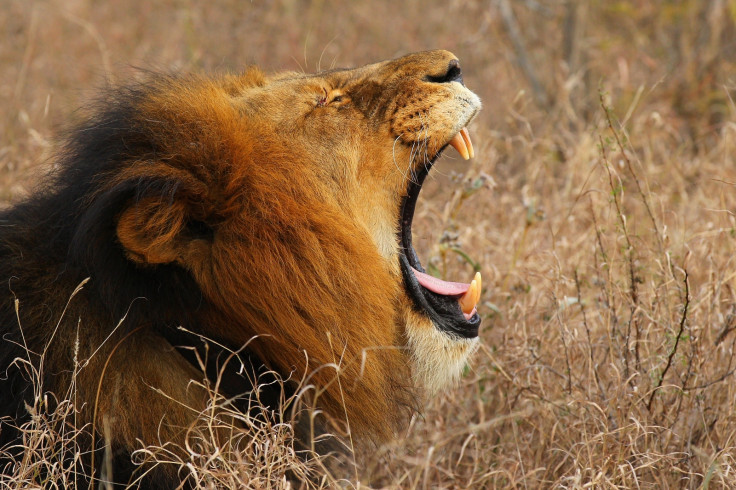'Atlas of life' – Researchers complete first global review of every land vertebrate
In total, the survey documents the whereabouts of 31,000 vertebrate species.

The first global review and map of every land vertebrate has been completed by an international collaboration of scientists, shining new light on our understanding of life on Earth and finding many areas where urgent conservation action is vital.
Researchers from the University of Oxford, Tel Aviv University and 30 other institutions produced a catalogue and identified the known whereabouts of all the world's reptiles. Their efforts completed an existing atlas detailing the habitats of almost all bird, mammal and amphibian species.
Prior to this initiative, it was widely thought that many reptile species were too poorly known to be mapped. This has hampered conservation efforts because protecting wildlife requires that you know where species live so that appropriate action can be taken and funding is allocated to the right places.
"Mapping the distributions of all reptiles was considered too difficult to tackle," said Professor Shai Meiri from Tel Aviv University, who first planned the project more than ten years ago. "But thanks to a team of experts, we managed to achieve this, and hopefully contribute to the conservation of these often elusive vertebrates that suffer from persecution and prejudice'.
The new research, published in the journal Nature Ecology & Evolution, covers more than 10,000 species of snakes, lizards, and turtles/tortoises. This completes the wider review of 31,000 vertebrates, which includes around 5,000 mammals, 10,000 birds and 6,000 frogs and salamanders.
The survey has uncovered some unexpected trends and has highlighted regions where biodiversity is under threat. Among these are the Arabian Peninsula, inland southern Africa, the Asian steppes, the central Australian deserts, the Brazilian caatinga scrubland and the high southern Andes.
"Lizards especially tend to have weird distributions and often like hot and dry places, so many of the newly identified conservation priority areas are in drylands and deserts," said lead author of the study Dr Uri Roll, from the Ben Gurion University of the Negev. "These don't tend to be priorities for birds or mammals, so we couldn't have guessed them in advance."
The new maps have given conservationists the tools to ask whether environmental efforts to date have been implemented in the best possible manner.
"Thanks to tools like our atlas, scientists can for the first time look at the terrestrial Earth in its entirety, and make informed decisions about how to use conservation funding," said Dr Grenyer, Associate Professor in Biodiversity and Biogeography at Oxford University.
"This is not to say that the work done to date has been inaccurate: based on our knowledge at the time, conservationists have often made some really good decisions. But now conservation has the data and tools required to bring planning up to the same level as the businesses and governments who might have an eye on land for other uses. Maybe we're actually a bit better, and we're doing it in the open."
Currently, the International Union for the Conservation of Nature (IUCN) are classifying a species in the map based on a scale ranging from 'critically endangered' to 'least concern'. Once completed, an interactive resource will be made freely available for public access, allowing a range of stakeholders – from governments and conservation organizations, to businesses and individuals – to better understand the biodiversity in their surrounding environment and what they can do to protect it.
© Copyright IBTimes 2025. All rights reserved.





















